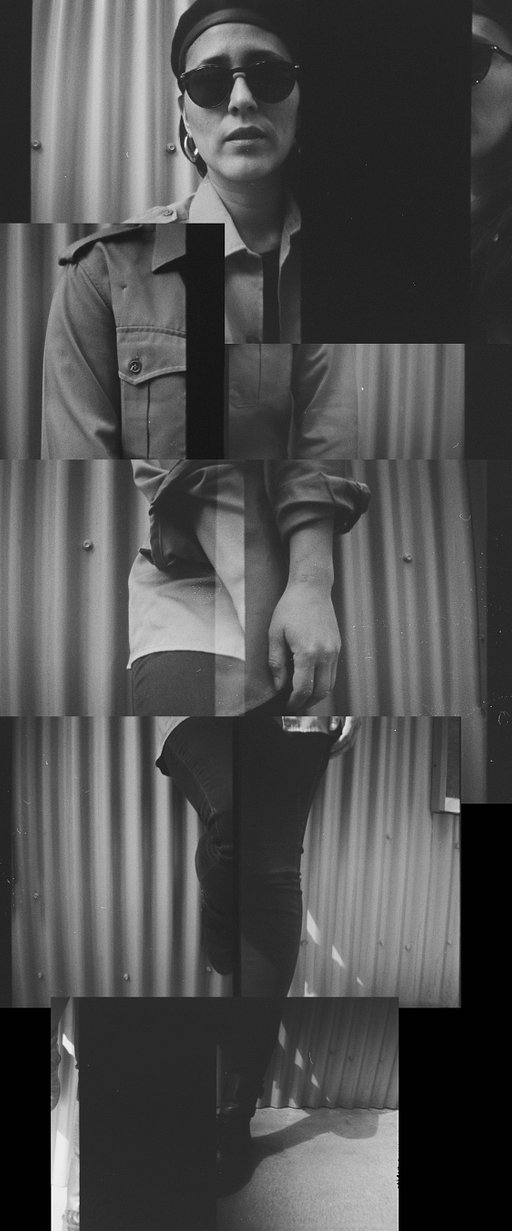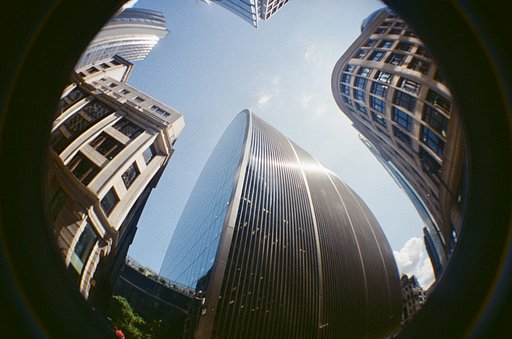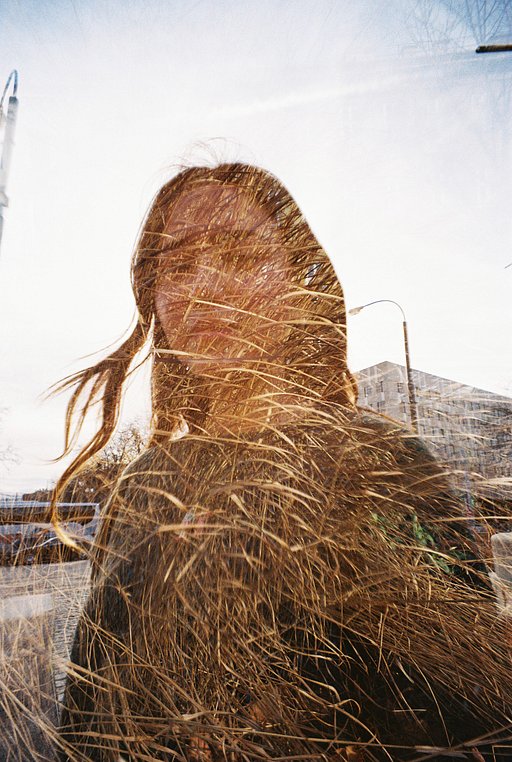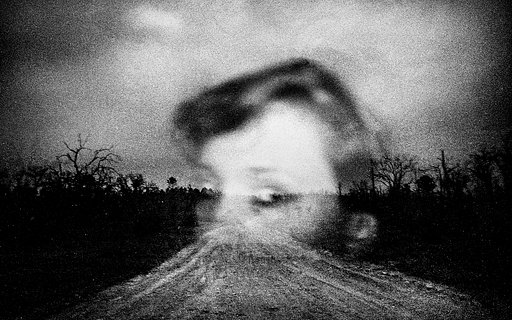The Monochrome Effect
1 34 Share TweetBlack and white has been a staple in the work of many photographers even in the advent of color, slide, and other types of films. There’s something alluring about tones, textures, shapes, and effects you get from black and white films that shooting with one roll is almost always never enough. The monochrome bug bites you and countless street, art, and documentary photographers welcome you to the club with open arms.
What are the things that make black and white photography so appealing, you ask? Well, let’s start off with its challenging property. Using black and white films first pose a challenge to first-time shooters. It’s quite different from shooting with color film as you only get to use certain effects in order to bring out the beauty in your shot. You have to work with the limitations and you have to pay attention to your shot.

One of these effects is contrast. It’s the balance of gray and black tones in your photograph. Unlike in color where the photo can be made up of several colors, you only rely on a few tones when shooting in monochrome. Contrast can make or break an image. It keeps the viewer’s eyes on your image instead of wandering off. Good contrast adds to the overall dynamics of the shot. Without it, your b&w shot would look bland and unappealing to the eyes.

Another thing to consider is grain. A lot of street photographers prefer shooting on black and white film because of the fine grain that monochrome films offer. Instead of making everything look silky smooth and crisp, b&w films make things seem gritty. This is especially true when it comes to photographing people. Skin tones look particularly great in black and white film. This is also a good reason why a lot of portrait photographers prefer monochrome when it comes to taking photos of faces — they bring out character in every crease of the skin, blemish, or birthmark.

Shapes, forms, and structure also make black and white photos stand out. Since you don’t have color to attract attention, you can make do with other objects. Shapes are a great way to do this. Patterns also work in this regard. Use them to add dynamic range to your shot or use them to direct your viewers gaze into a particular object in your frame. Open your eyes to possibilities.

Play the delicate game of shadow and light. These two things make shooting in monochrome exciting. It’s a constant balancing act and every black and white photographer knows this. It’s not enough to just black out certain parts of your frame, you also have to incorporate the right amount of lighting to make the image striking.

The monochrome effect doesn’t stop at these things, though. Developing also plays an equally important part in the equation. Knowing how to “push and pull” can greatly improve the quality of your monochrome shots. Some darkroom masters even go the extra mile and use dodging and burning and other traditional post-processing techniques to bring out the beauty of their black and white photographs. What’s great about this is that there’s a lot of ways you can process your b&w film. And we mean, A LOT.
Don’t be satisfied with the things you see on this list. Experiment with the process and discover what you like about shooting in black and white. Check out different films, use them at various speeds, and shoot them in different conditions to get a better understanding of the monochrome effect. We've been hard at work to keep black and white alive with our films like the Lady Grey b&w film. It's available in ISO 100 for deep blacks, bright whites, and soft shades of gray or in ISO 400 that comes with excellent tones and smooth grain. You can enjoy truly beautiful monochrome effects in both 35 mm and 120 film formats. Our Online Shop is filled with other great black and white film choices so you can get on with your adventures with monochrome.
written by cheeo on 2018-09-24 #tutorials #black-and-white #monochrome #tips
















One Comment